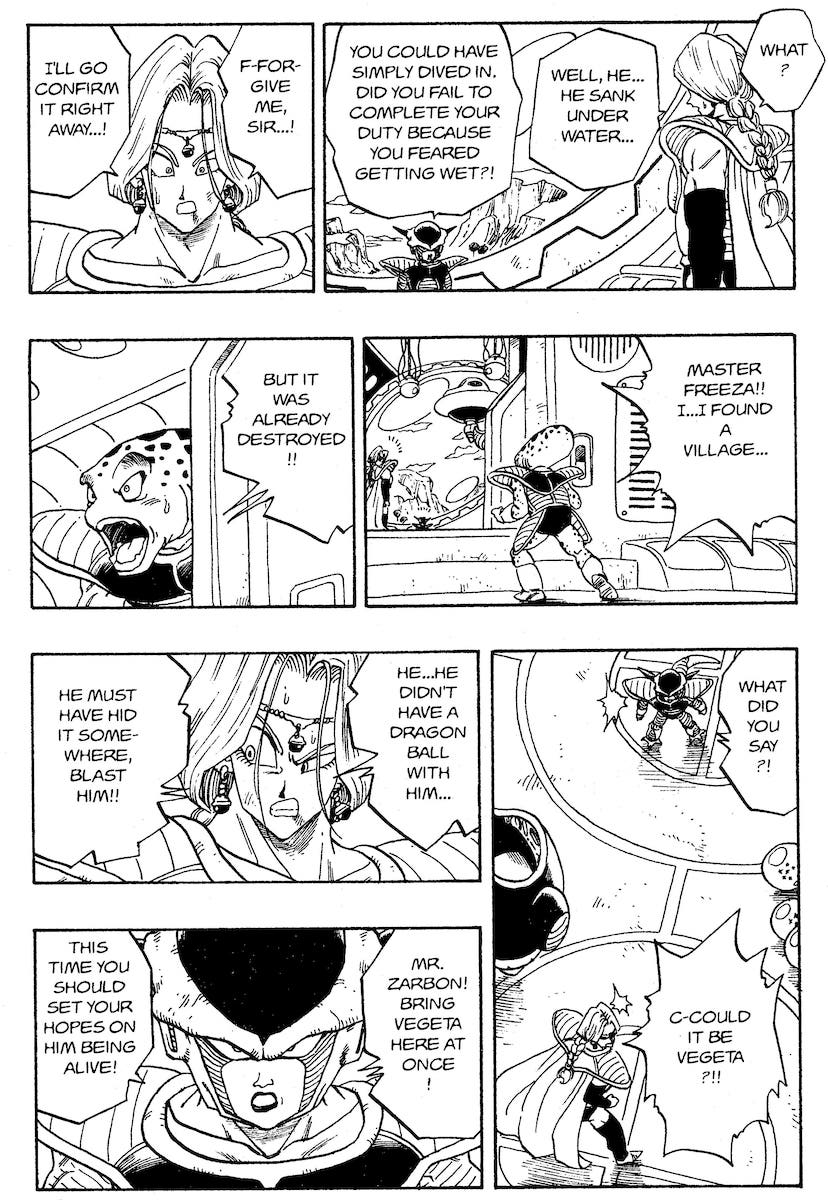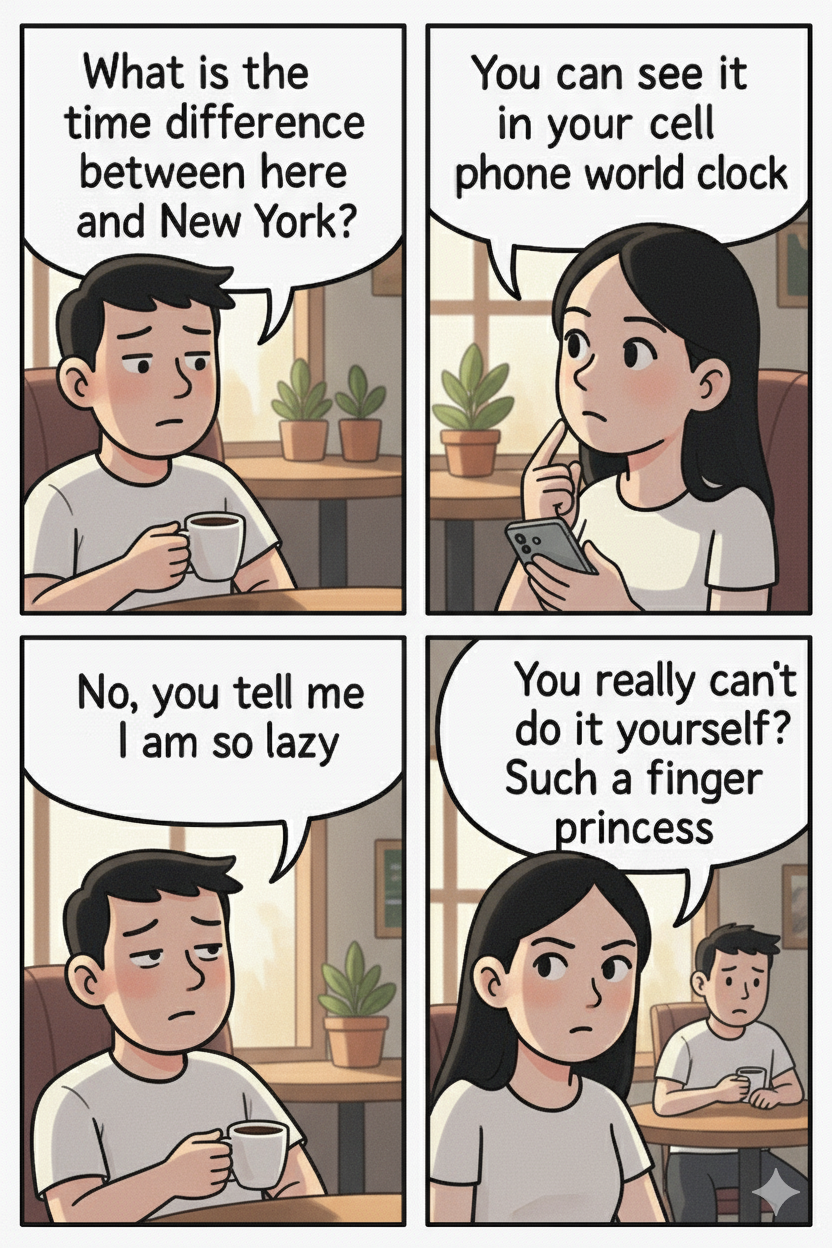The Paradox of Accessibility
There are now virtually no barriers to learning.
Anyone can watch Harvard lectures for free, explore real experiments on YouTube, or consult an AI that explains not only what something means but also what we might think about it. Access to information has never been easier—or cheaper. And yet, people are not getting significantly smarter. If anything, we are witnessing a quiet erosion of control. The term “finger princess”—used to describe those who expect instant results with minimal effort—captures a cultural shift: the more convenient knowledge becomes, the less capable we seem to be at handling it. Recent coverage, including a Nature report on how universities are adopting AI, points to the same paradox: tools can accelerate grasping ideas while eroding the habits that make learning durable. In other words, convenience may widen access but can quietly thin out the work of thinking.
I sometimes wonder if education faces the same risk. If a perfect course design, flawless Canvas layout, or AI-integrated platform could guarantee deep understanding, learning would already have been solved. But even with infinite access, students do not necessarily learn. The presence of information does not create engagement; accessibility does not guarantee transformation.
This leaves me with a question that I keep returning to: If more access, better tools, and smoother interfaces are not enough, what remains for the teacher to do? What kind of space can still make learning feel necessary? I suspect that teaching today is less about giving answers and more about creating conditions where thinking becomes the natural next move—a place where students think not because information is scarce, but because curiosity finds a gradient to follow. I do not claim to know exactly how to achieve this, but that is where my reflection begins.
The Law of Entropy in Learning
In thermodynamics, entropy describes the natural tendency of systems to move toward disorder. Heat flows spontaneously from hot to cold, molecules disperse from concentrated to diffuse, and in every closed system, order requires energy to maintain. Even when the direction of change appears reversed, it is because external conditions have shifted—the process itself remains spontaneous.
Learning behaves in much the same way. No teacher can directly transfer knowledge into a student’s mind. Even with well-structured materials and perfect accessibility, understanding does not automatically “flow” in the right direction. Learning happens only when the environment makes that direction spontaneous—when curiosity, relevance, and challenge align to create a gradient that draws students toward engagement.
That gradient is different for every learner. For some, it comes from repetition and structure; for others, from trust, humor, or the social rhythm of the classroom. The role of the teacher, then, is to configure those boundary conditions—to create the subtle difference in potential that turns passivity into motion.
I often think of this in chemical terms: in a galvanic cell, electrons flow naturally from high potential to low, and that difference in potential is what drives the current. In learning, attitude is that potential difference—the motivation that determines whether ideas will move or remain inert. My task is to sustain that current: not to force it, but to keep the gradient alive through design, pacing, and feedback.
Teaching, like managing entropy, is not about imposing order but about balancing openness and structure—keeping just enough tension for thought to stay active. A closed system overheats; an open one loses all energy. The art of instruction lies in maintaining that fragile equilibrium where learning remains spontaneous but guided.
Catalyst Mechanism — Making the Difficult Doable
If entropy explains why learning must be spontaneous, catalysis explains how it becomes possible.
In chemistry, a catalyst does not change the final product of a reaction. It simply lowers the activation energy—the initial barrier that prevents the reactions. Once that barrier is lowered, the reaction proceeds on its own.
Teaching, to me, functions in the same way. My goal is not to make learning effortless, but to make it reachable. When a concept feels distant or abstract, I look for alternate pathways—new mechanisms that allow students to reach the same understanding with less resistance. The reaction still belongs to them; I only change the conditions that make it possible.
I often think of it like rock climbing. If two holds are too far apart, no amount of motivation can bridge the gap. But when a new foothold appears, a path that once seemed impossible becomes achievable. In class, I try to create those footholds—intermediate steps that make the intellectual climb realistic. Sometimes it’s a simpler example before a complex one, a visible checklist that models expert reasoning, or a brief moment of shared error that turns confusion into clarity.
The catalyst’s role is not to climb for the climber, nor to flatten the mountain. It is to design a route where each step sustains momentum without breaking independence. Likewise, the best teaching does not remove challenge—it restructures it, so that effort transforms into progress rather than frustration.When students begin to see difficult problems as navigable rather than impossible, that is when the reaction starts. The work still belongs to them, but the pathway—clear, structured, and within reach—is what I build.
Be Like Lord Frieza
Among the many villains in Dragon Ball, few are as paradoxical as Frieza.
Despite his role as a tyrant, online culture reimagined him through a curious meme: “Frieza, the ideal boss.” In fan discussions, people noticed how—beneath the intimidation—Frieza led with remarkable operational clarity. He supplied his subordinates with equipment, joined them on the field, spoke with formal respect, rewarded competence, and maintained clear systems of accountability.
Here is one of the examples that comes to mind:

In this scene, Zarbon fails to confirm Vegeta’s status after battle—a clear oversight that could have compromised the entire operation. When Frieza confronts him, he doesn’t shout or humiliate. Instead, he corrects the mistake calmly, clarifies what should have been done, and immediately issues a new order. The feedback is firm but measured, and the transition from reprimand to redirection happens without friction.
That dynamic reminds me of teaching. Students, colleagues, and even digital tools all respond best not to pressure, but to systems that recover quickly and keep moving forward. The goal is not to prevent mistakes, but to design conditions where correction becomes part of progress.
It echoes another line I once heard attributed to Frieza: that a leader’s role is not to avoid their subordinates’ mistakes, but to take responsibility for them.It’s an unexpectedly mature idea—that leadership, at its best, takes responsibility for mistakes so that learning can continue.
That same sense of structure and coordination has shaped how I approach my own work—whether in the classroom, among colleagues, or in how I manage technology.
With Students, I try to keep standards firm and respect intact.
Rules, evaluations, and safety expectations are clear; failure is never the end of the story. When things go wrong, we trace why, and students are invited to try again. Accountability remains, but without humiliation—because a productive tension exists only when students feel both challenged and safe.
With Colleagues, I believe in shared work and personal responsibility.
In committees like DEAG or ZTC, or during lab manual revisions, I prefer to lead by working alongside others. Tasks are distributed, but verification and follow-through remain mine. Leadership, to me, means building momentum as a team while standing ready to own the results.
With AI and Tools, I take a manager’s approach rather than a user’s.
AI is fast but fallible. My job is to set the framework—crafting the prompt, checking for errors, and integrating results only when they meet human standards. The goal is not to surrender judgment to technology, but to shape a relationship where precision and creativity reinforce each other.
When I was younger, I just thought he was a cool villain. I didn’t expect that years later, I’d find lessons in his management style—ones that still shape how I teach today.
Conclusion
Across physics, chemistry, and the classroom, the same pattern holds: systems, reactions, and people all work best when conditions are right. Entropy reminds me that learning begins with curiosity; the Catalyst reminds me that difficulty can be made reachable; and Frieza, unexpectedly, reminds me that coordination and respect can keep even complex structures in motion.
Teaching, then, is not about control or performance. It is about design—arranging the space, rhythm, and boundaries that help others think and act with confidence. Over time, I’ve learned that sustainable learning depends less on how much I explain and more on how well I build the systems that make understanding possible.
